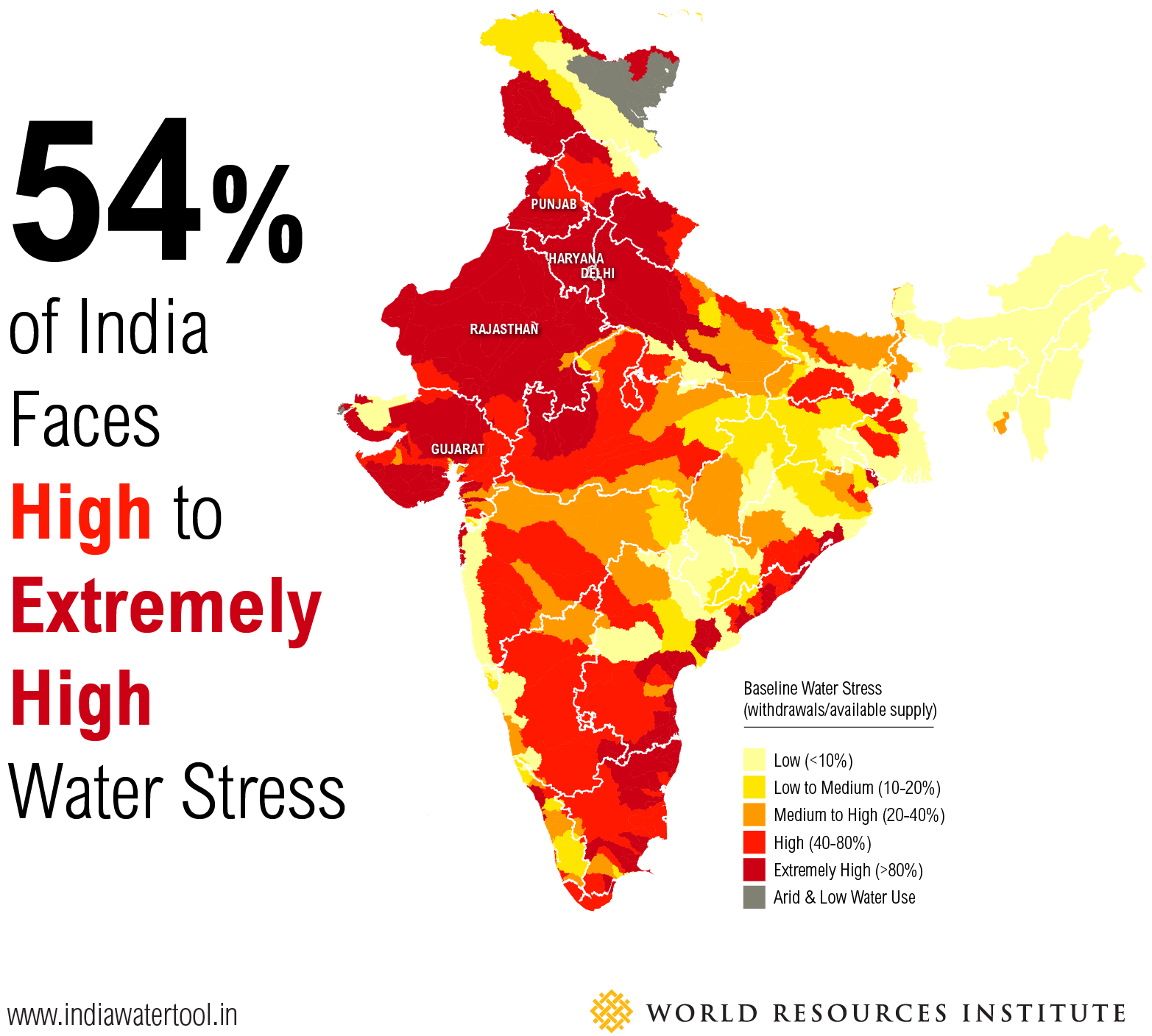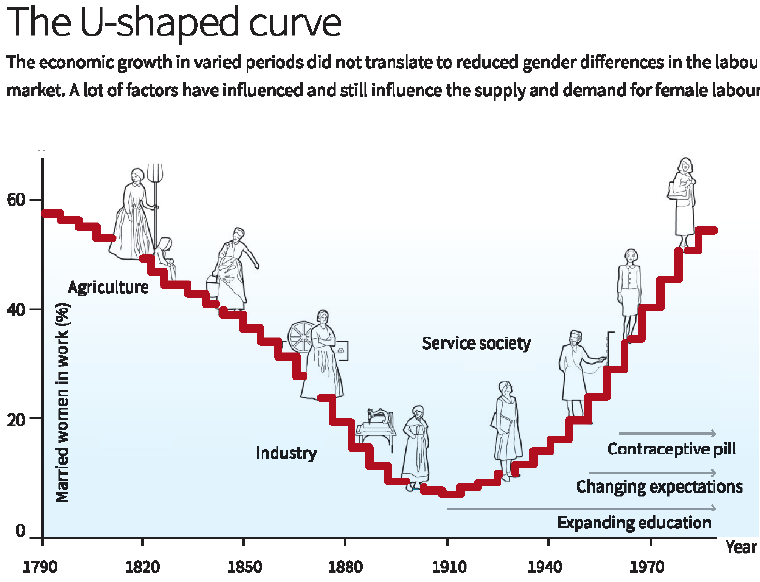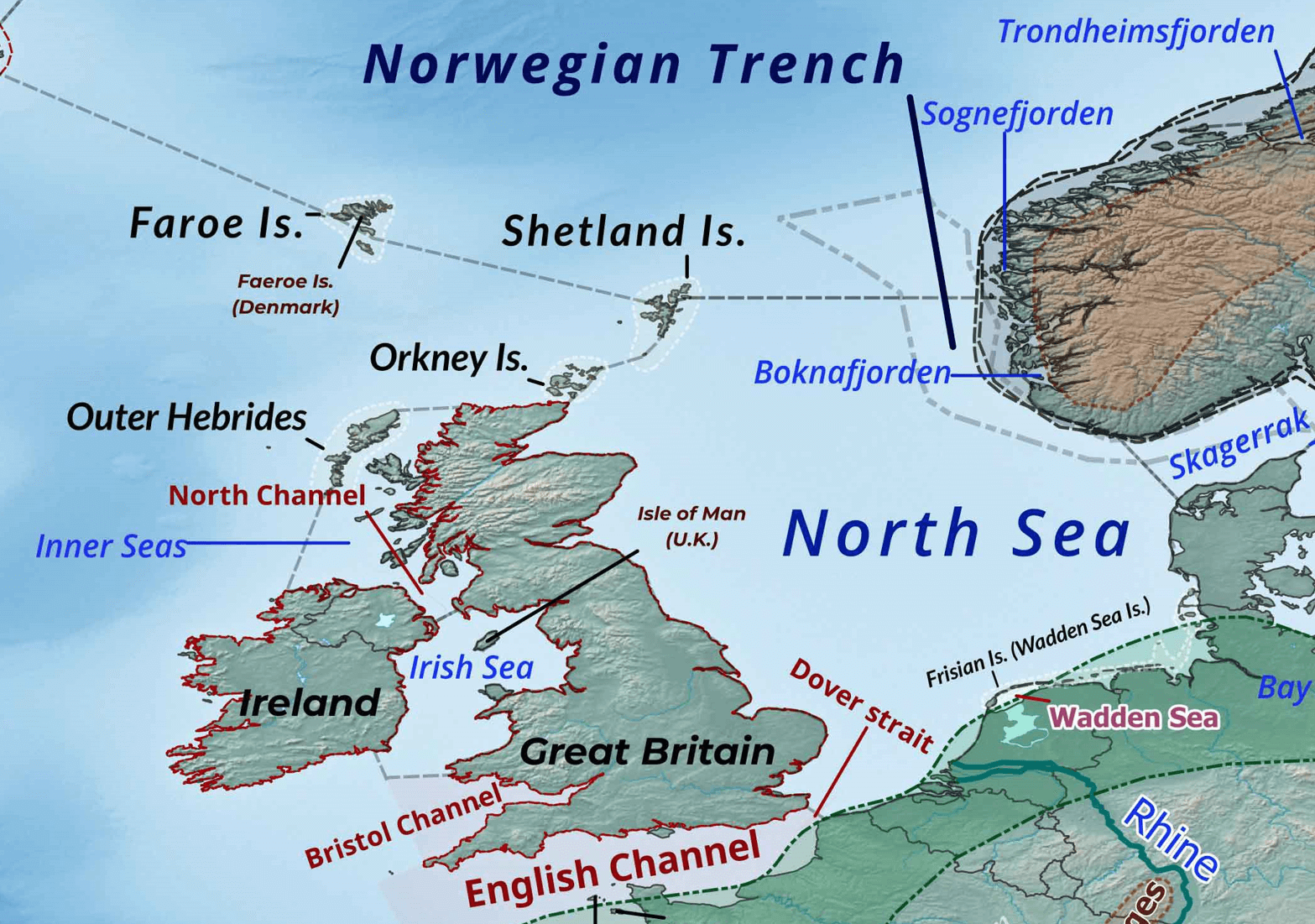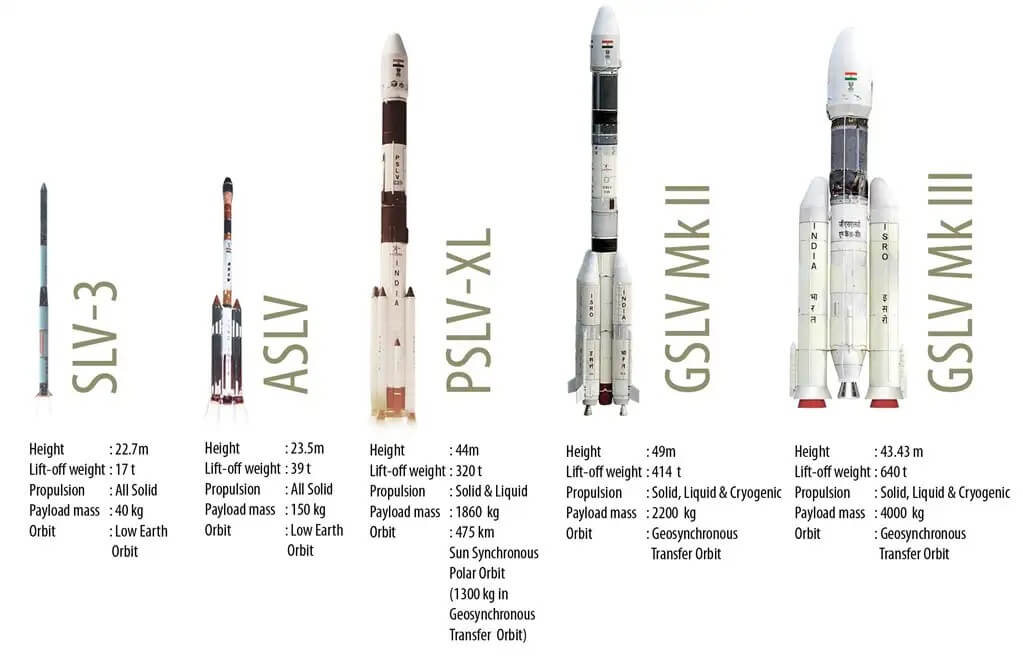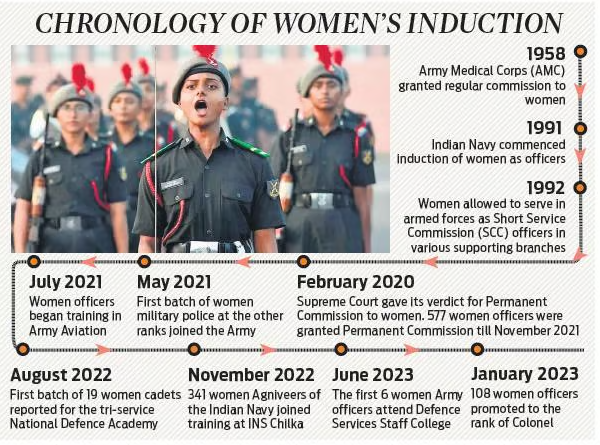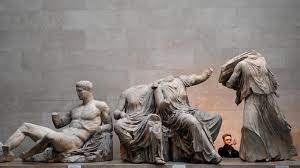
Current Affairs December 02, 2023: First Strategic Natural Gas Reserves, Denotified Tribes, Tele MANAS Scheme, Fake News, Lgion d’Honneur
Subscribers of "Current Affairs" course can Download Daily Current Affairs in PDF/DOC
Subscribe to Never Miss an Important Update! Assured Discounts on New Products!
Must Join PMF IAS Telegram Channel & PMF IAS History Telegram Channel
{GS1 – Geo – EG – ER} First Strategic Natural Gas Reserves
- Context (TH): GAIL is looking at building India’s first strategic natural gas reserves by using old, depleted hydrocarbon wells.
- India has 5 million tonnes of strategic petroleum reserves but no storage facilities for natural gas.
Gas Authority of India Limited (GAIL)
|
Natural Gas
- Natural gas is a fossil fuel that primarily consists of methane.
- Natural gas reserves are deep inside the earth near other solid and liquid hydrocarbon beds like coal and crude oil.
- It is not used in its pure form; it is processed and converted into cleaner fuel for consumption.
- By-products extracted: Propane, ethane, butane, carbon dioxide, nitrogen etc.
- It also contains nonhydrocarbon gases, such as carbon dioxide and water vapour.
Types of Natural Gas
- Wet gas or Associated gas: Natural gas found in association with crude oil.
- Dry gas or Non-associated gas: When reservoirs contain only gas and no oil.
- Coalbed methane: Natural gas found in coal deposits.
- Sour gas: Natural gases that contain hydrogen sulfide or other organic sulfur compounds.
- Sweet gas: Coalbed methane is called ‘sweet gas’ because it lacks hydrogen sulfide.
- Shale gas or Tight gas: Natural gas that occurs in the pores of shale, sandstone, and other sedimentary rocks.

Benefits of Natural Gas as Fuel
- Clean burning: Natural gas burns cleaner than other fossil fuels, emitting fewer air pollutants and greenhouse gases.
- Efficient: It has a high energy conversion efficiency, minimising waste and maximising utilisation.
- Versatile: It can be used for various purposes like cooking, generating electricity, and powering industrial processes.
- Flexible: Liquified and compressed natural can be easily transported and stored.
Disadvantages of Natural Gas as Fuel
- Contributes to greenhouse gas emissions despite cleaner burning.
- Methane, a potent greenhouse gas, can leak during natural gas extraction, processing, and transportation.
- Natural gas extraction from shale and tight formations often relies on fracking, which can have environmental impacts like water contamination and seismic activity.
- Non-renewable: Natural gas is a finite resource that cannot be replenished.
- Transportation: Its transportation requires specialised infrastructure.
Natural Gas Storage
- Underground storage: Utilising depleted gas fields, salt caverns, and other geological formations.
- Above-ground storage: Utilising specially designed tanks for smaller-scale storage.
Benefits of Underground Storage of Natural Gas
- Large capacity
- Higher energy efficiency: Natural pressure and temperature in underground formations maintain stored gas in a condensed state, minimising energy losses during storage and retrieval.
- Cost-effective
- Safe and secure: It minimises the risk of leaks and ensures the safety of the surrounding environment.
- Long-term storage
- Grid reliability: Underground storage ensures a reliable natural gas supply during peak demand, maintaining grid stability and preventing power outages.
|
Four Basic Forms of Natural Gas
|
{GS2 – MoHFW – Schemes} Tele MANAS Scheme
- Context (PIB): A dedicated Tele MANAS Cell has been established at the Armed Forces Medical College in Pune with the Union Health Ministry.
Tele MANAS Scheme
- An initiative under the National Tele Mental Health Programme (NTMHP), announced in Budget 2022-23.
- Objective: To provide free tele-mental health services across India, round the clock, particularly catering to people in remote or under-served areas.
- Target: To open at least one Tele-MANAS Cell in each State/UT.
- 2 Tier System
- Tier 1 comprises of state Tele-MANAS cells which include trained counsellors and mental health specialists.
- Tier 2 will comprise of specialists at District Mental Health Programme (DMHP)/Medical College resources for physical consultation and/or e-Sanjeevani for audio visual consultation.
- Implementing Agency: NIMHANS (apex centre for mental health and neuroscience education in India).
- Technology support by International Institute of Information Technology-Bangalore (IIITB)
- Technical Support by IIT Bengaluru and National Health Systems Resource Centre (NHRSC).
- Pan India Toll-free, 24/7 helpline number (14416) has been set up allowing callers to select the language of choice for availing services.
- Integration with National tele-consultation service, e-Sanjeevani, Ayushman Bharat Digital Mission, mental health professionals, Ayushman Bharat etc.
Initiatives by GoI to Improve Mental Healthcare
- National Mental Health Programme (NMHP), 1982.
- The Mental Healthcare Act, 2017 provides the legal framework for providing services to protect, promote and fulfil the rights of people with mental illnesses. These align with the United Nations Convention on Rights of People with Disabilities (UNCRPD).
- MANODARPAN initiative to provide psychosocial support to students for their mental health & well-being during the COVID outbreak and beyond.
- KIRAN: A Mental health rehabilitation 24/7 toll-free helpline by the Ministry of Social Justice and Empowerment.
{GS2 – Polity – Fake News} Fake News
- Context (IE): CJI has held that disinformation can impair democratic discourse.
- Fake news refers to the dissemination of false or misleading information with the intent to deceive the public.
- Disinformation is false information created or spread with the deliberate intent of causing harm; in the case of misinformation, the element of intent is thought to be absent.
- Spreading misinformation or disinformation is a crime under the Indian Penal Code and the Information Technology Act of 2000.
- It can be propagated through any media: print, electronic and social.
IPC sections on Disinformation
- Section 153A: It criminalises acts that promote hatred or ill-will between different religious, racial, or linguistic groups, and actions prejudicial to maintaining communal harmony.
- Section 504: It deals with “intentional insult with intent to provoke breach of the peace”.
- Section 505: It criminalises spreading statements, rumours, or reports intending to incite fear, alarm, or provoke a breach of peace.
- Section 505 (1): It criminalises the deliberate spread of statements to incite hatred or provoke violence between different groups.
Other Sections
- Section 67 of IT Act 2000: It pertains to “publishing or transmitting obscene material in electronic form”.
- Section 54 of the Disaster Management Act, 2005: “If any person circulates any fake news or warning as to disaster, or regarding its severity or magnitude, which leads to panic among the public, then such person shall be punished with one year of imprisonment or with fine.”
Challenges in tackling Fake news
- WhatsApp as a Vector for Misinformation: For eg, Misinformation about child kidnappings in 2018.
- Political Manipulation and misinformation campaigns aimed at tarnishing the image of political opponents.
- False information in regional languages and lack of infrastructure for fact-checking
- Anonymous spreaders and accountability:
- Absence of stringent regulations
- Cross-Border dissemination of Fake News
- Social Media echo chambers, reinforcing users’ existing beliefs and contributing to confirmation bias
- Lack of media literacy
Global Examples on Combating Fake News
- European Commission established the “EU Code of Practice on Disinformation,” encouraging online platforms to adopt measures against the spread of fake news.
- Taiwan‘s “FactCheck Center,” engages in debunking false information and promoting media literacy.
- Germany’s Network Enforcement Act (NetzDG) imposing strict regulations on social media platforms to combat hate speech and fake news.
{GS2 – Polity – IC – Judiciary} All India Judicial Services (AIJS)
- Context (TH): The President of India recently called for the establishment of All India Judicial Services (AIJS) for recruiting Judges.
- Article 312 of the IC provides for the establishment of an All-India Judicial Service (AIJS), along the lines of the central civil services.
- If the Rajya Sabha declares through a resolution, supported by at least two-thirds of its present and voting members, that it is necessary or expedient to create a service in “national interest,” the Parliament “may by law provide for the creation of one or more all India services common to the Union and the States” and regulate the recruitment and service conditions of persons appointed to any such service.
- Article 312 (2) states that the AIJS cannot include any post inferior to that of a district judge, as defined in Article 236.
- AIJS seeks to centralise the recruitment of judges at the level of additional district judges and district judges for all states.
How will this differ from the present system of selection?
- Articles 233 and 234 of the Constitution of India deal with the appointment of district judges and place it in the domain of the states.
- The selection process is conducted by the State Public Service Commissions and the concerned High Court, since HCs exercise jurisdiction over the subordinate judiciary in the state.
- Panels of HC judges interview candidates after the exam and select them for appointment.
- All judges of the lower judiciary up to the level of district judges are selected through the Provincial Civil Services (Judicial) exam.
AIJS- Timeline
- The idea of a centralised judicial service was first deliberated in the Law Commission’s 1958 ‘Report on Reforms on Judicial Administration’.
- The idea was proposed again in the Law Commission Report of 1978, which discussed delays and arrears of cases in the lower courts.
- In 2006, the Parliamentary Standing Committee on Personnel, Public Grievances, Law, and Justice, in its 15th Report, supported the idea of a pan-Indian judicial service and also prepared a draft bill.
- In 1992, the SC in ‘All India Judges’ Association (1) v. UOI’ directed the Centre to set up an AIJS. However, in a 1993, the court left the Centre at liberty to take initiatives on the issue.
- In 2017, the Supreme Court took suo motu cognizance of the issue of appointment of district judges and mooted a “Central Selection Mechanism”.
Why has the AIJS not been established yet?
- The Centre took various steps towards the constitution of the AIJS, such as coming up with a “comprehensive proposal”, which was approved by the Committee of Secretaries in 2012.
- In 2013, this proposal was included as an agenda item in the Conference of Chief Ministers and Chief Justices of the High Court. However, but no consensus could be reached.
- In 2015, the creation of AIJS was included in the agenda for the Chief Justices Conference. It was decided that the respective HCs would evolve appropriate methods within existing system to fill the vacancies for appointing district judges.
- In 2017, aspects of AIJS were discussed in a meeting chaired by the Minister of Law and Justice. However, the proposal failed to reach the stage of implementation.
- In March, discussing AIJS’s implementation in the Lok Sabha, it was held “there is no consensus on the proposal for setting up an All India Judicial Service right now.”
Stand of central and state governments
- The central government is in favour of the creation of AIJS.
- The GoI is of opinion that a properly framed All India Judicial Service is important to strengthen the overall justice delivery system.
- In 2021, 8 states and 13 HCs were not in favour of the AIJS.
For details on AIJS > All India Judicial Services (AIJS)
{GS2 – Polity – IC – Separation of Powers} Governor
- Context (IE): The SC observed that the governor cannot refer the bill to the President after the Assembly has readopted it following the governor’s declaration of withholding the assent.
- The governor can reserve the bill for the President in the first instance.
- If the governor has sent it back to the Assembly and then it is re-adopted, the governor cannot send it to the President.
- Recently, SC held that:
- The Governor cannot keep a Bill pending indefinitely without any action.
- Once the governor withholds the assent, he must return the bill to the assembly.
- If the assembly readopt the bill, the governor must give assent.
Article 200 of IC
- When a Bill passed by the State Legislative Assembly is presented to the Governor, the Governor has three options:
- He can give assent to the bill.
- He can withhold his assent to the bill (only for a limited duration, according to the SC).
- He can reserve the Bill for the President’s consideration.
- It also provides that the Governor may, as soon as possible after the presentation of the Bill to him for assent, return it requesting that the House reconsider the Bill itself or any of its provisions.
Effect of SC Judgement
- In the first instance (after the state assembly passed the bill), the governor has three options:
- He can give his assent to the bill.
- He can withhold his assent, but in this case, he must send the bill back to the state assembly.
- He can reserve the bill for the President’s consideration.
- In the second instance (after the state assembly readopted the bill), the governor has only one option, which is to give assent to the bill.
- This effectively means that the Governor either grants assent in the first instance or will be compelled to do so after the Bill’s second passage.
{GS2 – Vulnerable Sections – Tribes} Denotified Tribes
- Context (DTE): Several Studies have revealed the invisible nature of the nomads and denotified tribes in India.
Denotified Tribes
- Tribes that, during the British regime, were ‘notified’ as being ‘born criminal’ under several versions of the Criminal Tribes Acts between 1871 and 1947.
- After independence, this Act was repealed in 1952 (on the recommendations of the Ayyangar Committee, 1951), and the communities were ‘de-notified’. However, it was replaced with Habitual Offenders Act.
Nomadic tribes
- A group of constantly moving people is called nomadic.
- They do not have a fixed home and maintain constant geographical mobility.
Semi Nomadic Tribes
- They are “partial nomads”.
- They have fixed habitations to which they return once in a year, or when their occupational activities are expected to cease for a while.
Nomadic Communities in India
- Traditionally, nomads transported salt and grains, entertained people, provided agricultural tools to peasants, and provided informal health care services to the settled communities.
- They were independent and roamed freely in search of a livelihood.
- With the advent of the Britishers, their lives and livelihoods have been impacted by a variety of factors.
- In the name of controlling the crimes in India, Britishers passed the Criminal Tribes Act in 1871, which branded nearly 200 communities as ‘born criminals’.
- According to the Ayyangar Committee report, the main reason for labelling some groups of people as ‘born criminals’ was economical since their lives and livelihoods were based on natural resources such as water, forest, and land.
- However, in addition to the Criminal Tribes Act (1871-1947), other legislations such as the Forest Act (1865, 1878, 1927) and Taxation on Salt (Salt Act, 1835) were responsible for the marginalisation of nomads.
Socio-economic invisibility
- This segment of Indian society is on the periphery of all forms of modern development.
- They lack basic documents to receive state assistance, basic amenities such as drinking water, toilet and bathroom facilities, electricity, modern education, and healthcare services.
- They are commonly found living in makeshift and tent settlements on the outskirts of villages and towns.
- For eg, in contrast to less than one-fourth illiteracy rate in Haryana, more than half of nomads and denotified were illiterate in 2011.
- In the urban sphere, the illiteracy rate is higher among these people compared to their counterparts.
- Only one-third were engaged in any kind of economic activity in urban areas, which indicated that a majority of people were out of the labour market.
- More than a third of workers are marginal on the time scale, working fewer than 180 days per year.
{GS3 – Agri – Standards} Codex Alimentarious Commission
- Context (PIB): Codex Alimentarius Commission (CAC) praises India’s Standards on Millets.
- CAC is an international food safety and quality standard-setting body.
- It was established in 1963 by the FAO and the WHO.
- It has 188 member countries.
- The Codex Alimentarius (or Food Code) are globally accepted standards, guidelines, and practices to safeguard consumer health and promote fairness in the food trade.
- They cover all foods, from raw agricultural commodities to processed foods.
- They deal with food hygiene, additives, pesticide residues, contaminants, labelling, and presentation.
- Codex standards are voluntary, but governments and the food industry worldwide widely adopt them.
CAC on Millets
- Codex currently has standards for Sorghum and Pearl Millet.
- Now, India has proposed a proposal for developing global standards for millets.
- FSSAI developed the proposed standards for 15 types of millets, specifying 8 quality parameters, i.e., maximum limits for moisture content, uric acid content, extraneous matter, other edible grains, defects, weevilled grains, immature grains, and shriveled grains.
Food Safety and Standards Authority of India (FSSAI)
|
For details on Millets > {GS3 – Agri – Crop} Millets on 23rd November, 2023 CA
{GS3 – Envi – UNFCCC} Green Credit Initiative
- Context (PIB | IE | ET | AIR): Green Credit Initiative at COP-28 summit is being co-hosted by India with the UAE.
|
- PM Modi announced the launch of the Green Credit Initiative, endorsed by multiple world leaders.
- It is a pro-planet, proactive and positive initiative that goes beyond the commercial mindset associated with carbon credits.
- It focuses on creating carbon sinks through people’s participation.
- This initiative mirrors the Green Credits Programme launched by GoI this year.
Green Credits Programme (GCP)
- GCP was launched by the Ministry of Environment, Forest and Climate Change (MoEFCC).
- It is an initiative within the GoI’s broader Lifestyle for Environment (LiFE) Movement.
- It is an effort to create a market-based incentive for various environment-positive actions, not just for carbon emission reductions.
- It incentivises voluntary environmental actions of individuals, communities, and private industries.
- It will allow an individual or entity to earn Green Credit and trade it on a dedicated exchange.
- This programme will cover eight types of activities:
- Tree plantation
- Water management
- Sustainable agriculture
- Waste management
- Air pollution reduction
- Mangrove conservation and restoration
- Ecomark
- Sustainable building and infrastructure
- In its initial phase, the GCP will focus on two key activities: water conservation and afforestation.
- The Indian Council of Forestry Research and Education shall administer GCP.
Ecomark
|
Mission LiFE (Lifestyle for Environment)
- PM Modi invoked the concept of LiFE at COP26 in Glasgow.
- Mission LiFE is a global initiative by India to help the world in its fight against climate change and to achieve sustainable development goals.
- LiFE envisions replacing ‘use-and-dispose’ economy with a circular economy, defined by mindful and deliberate utilization.
- Objective: Foster sustainable lifestyles and aid nations in accomplishing the Sustainable Development Goals set by the United Nations.
- The core principle of this mission revolves around the idea of a “Lifestyle of the planet, for the planet, and by the planet.“
- The mission believes that creating a global network of P3s(Pro-Planet People), it can make a significant impact on the environment.
{GS3 – S&T – AI} Sovereign AI of India
- Context (IE): India is building its sovereign Artificial Intelligence.
- India wants to take the same Digital Public Infrastructure (DPI) approach with AI.
Digital Public Infrastructure (DPI)
India’s DPI Approach
|
What does India Want to Achieve through Sovereign AI?
- India wants to compete with the generative AI model.
- It also wants to focus on real-life use cases in healthcare, agriculture, governance, language translation, etc, to maximise economic development.
What is India’s Plan to Develop and Control its Own AI?
- One of the basic requirements for developing AI is the availability of large sets of quality data.
- The Ministry of Electronics and IT (MeitY) released a draft of the National Data Governance Framework Policy, proposing the establishment of an India Datasets platform.
- India Datasets is a unified national platform for sharing and exchanging non-personal data among various stakeholders, including governments, businesses, startups, academia, and media.
- The platform will include non-personal, anonymised datasets from central government entities collecting data from Indian citizens or those in India.
- Non-personal data held by the Indian datasets platform can also be monetised.
- Additionally, the GoI is contemplating directing major tech companies (like Facebook, Google, and Amazon) to submit anonymised personal and non-personal data to the India datasets platform.
- This directive is supposed to be a part of the draft Digital India Bill.
National Data Governance Framework Policy
|
{Prelims – Envi – Species} Saurauia Punduana Plant
- Context (HT): The critically endangered Saurauia Punduana plant has been recorded for the first time in Manipur’s Tamenglong district.
- Earlier, it was believed to be found only in Tibet and Bhutan.
- It is used in veterinary medicine.

{Prelims – Misc. – Awards} Lgion d’Honneur
- Context (BS | HT): PM Modi and ISRO scientist VR Lalithambika were conferred Lgion d’Honneur, the highest French civilian and military award.
- Lgion d’Honneur (the Legion of Honour) was created in 1802 by Napoleon Bonaparte.
- It is awarded by the French Republic for exceptional service to France, regardless of the recipient’s nationality.
- The Legion of Honour has five degrees of increasing distinction:
- Chevalier (Knight): The most basic level of the Legion of Honour.
- Officier (Officer): The second level of the Legion of Honour.
- Commandeur (Commander): The third level of the Legion of Honour.
- Grand Officier (Grand Officer): The fourth level of the Legion of Honour.
- Grand-Croix (Grand Cross): The highest level of the Legion of Honour.
Grand Cross of the Legion of Honour
- French President Macron has awarded PM Modi the Grand Cross of the Legion of Honour.
- He is the first Indian premier to receive this honour.
Knight of the Legion of Honour
- ISRO scientist VR Lalithambika was conferred Knight of the Legion of Honour for her engagement in space cooperation between France and India.
- V R Lalithambika is the former Director of the Directorate of the Human Spaceflight Programme.





![PMF IAS Environment for UPSC 2022-23 [paperback] PMF IAS [Nov 30, 2021]…](https://pmfias.b-cdn.net/wp-content/uploads/2024/04/pmfiasenvironmentforupsc2022-23paperbackpmfiasnov302021.jpg)

